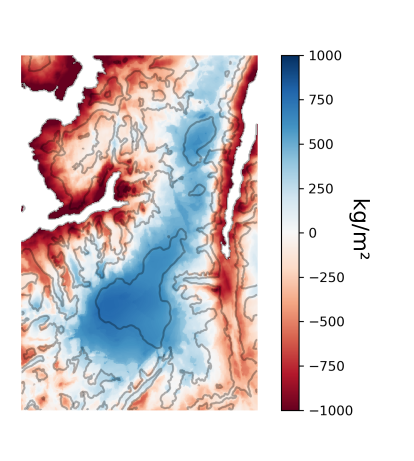From Black Gold to the Green Battery?
The Future of Folgefonna ice cap, hydropower potential, and societal constraints

Hovedinnhold
My research centers around the glacier Folgefonna in Western Norway. The glacier has been shown to respond quickly to climate change in the past. Therefore, both hydropower facilities at and people living nearby Folgefonna are expected to be affected by current climate change. Despite this, little is known about how the glacier will evolve in the future.
By using the energy and mass balance model BESSI (The BErgen Snow SImulator), I model how the firn of the glacier responds to future climate change. BESSI has in the past only been applied to the Greenland ice sheet. To achieve useful results for a small glacier such as Folgefonna, I work on further developing BESSI to account for small-scale effects such as shading due to topography. The results from BESSI will in the future be included in an ice flow model (ISSM). From this, changes in meltwater runoff and possibilities for hydropower expansion in the area can be estimated.
I also collaborate with researchers at the Department for Comparative Politics to get a more comprehensive understanding of how glacier melt in Norway will impact society. By fielding survey experiments to elected representatives, I investigate how politicians approach future changes in nature and what this means for hydropower production.
Project period: September 2021 - August 2025
This PhD project is funded by the University of Bergen's Climate and Energy Transition initiative (https://www.uib.no/en/climateenergy).
